Memorializing the Twitter Files – XII. Twitter & the FBI Belly Button
THE FBI and most of the other alphabet agencies were engaged in a massive criminal conspiracy to abridge freedom of speech
The FBI, other government agencies, including even some members of Congress, criminally conspired directly with Twitter to abridge the free speech of Americans under the guise of combatting foreign influence. Some of the evidence of foreign influence they cited was nothing more than mentioning any narratives Democrats found inconvenient.
1.THREAD: The Twitter Files
Twitter and the FBI “Belly Button” pic.twitter.com/nfOGQGlvUM— Matt Taibbi (@mtaibbi) January 3, 2023

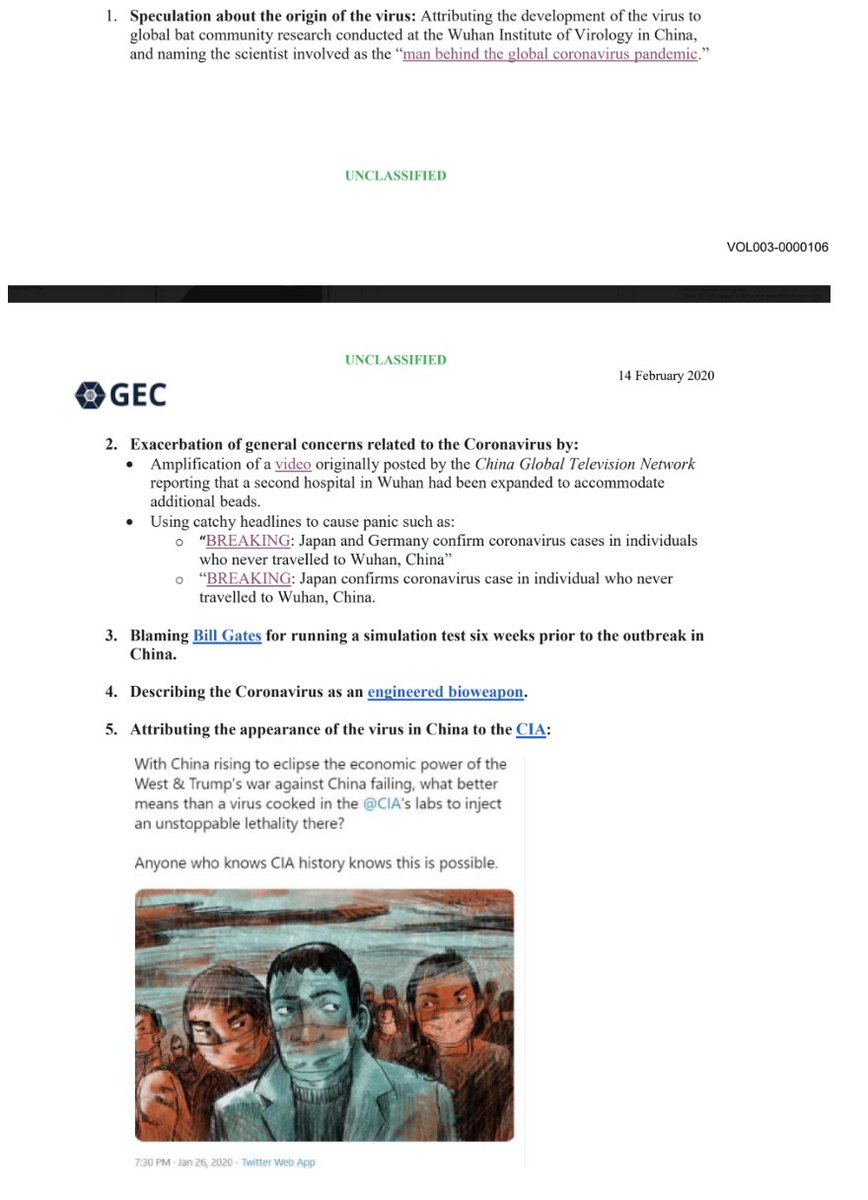
















17.A deeper reason was a perception that unlike the DHS and FBI, which were “apolitical,” as Roth put it, the GEC was “political,” which in Twitter-ese appeared to be partisan code.
“I think they thought the FBI was less Trumpy,” is how one former DOD official put it.




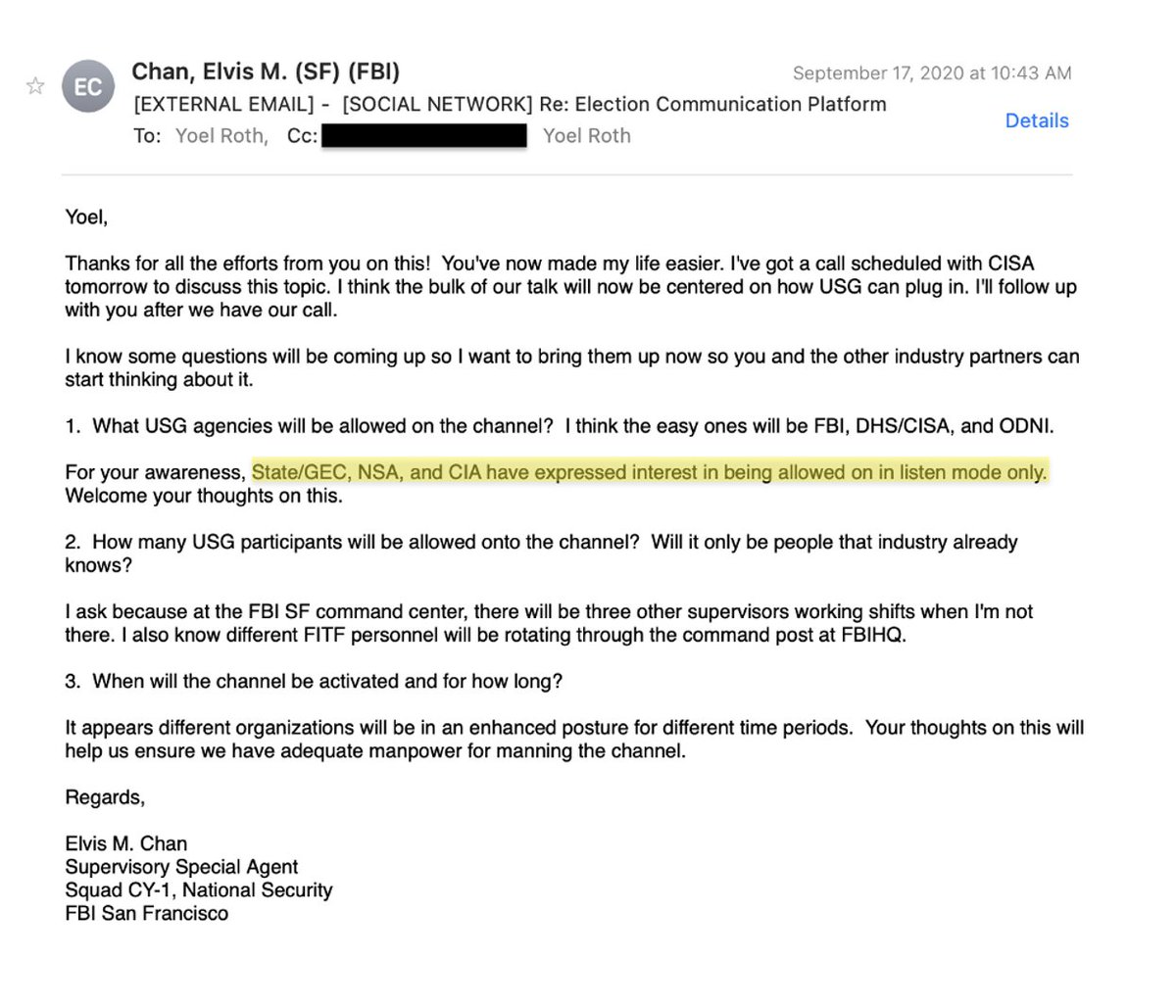





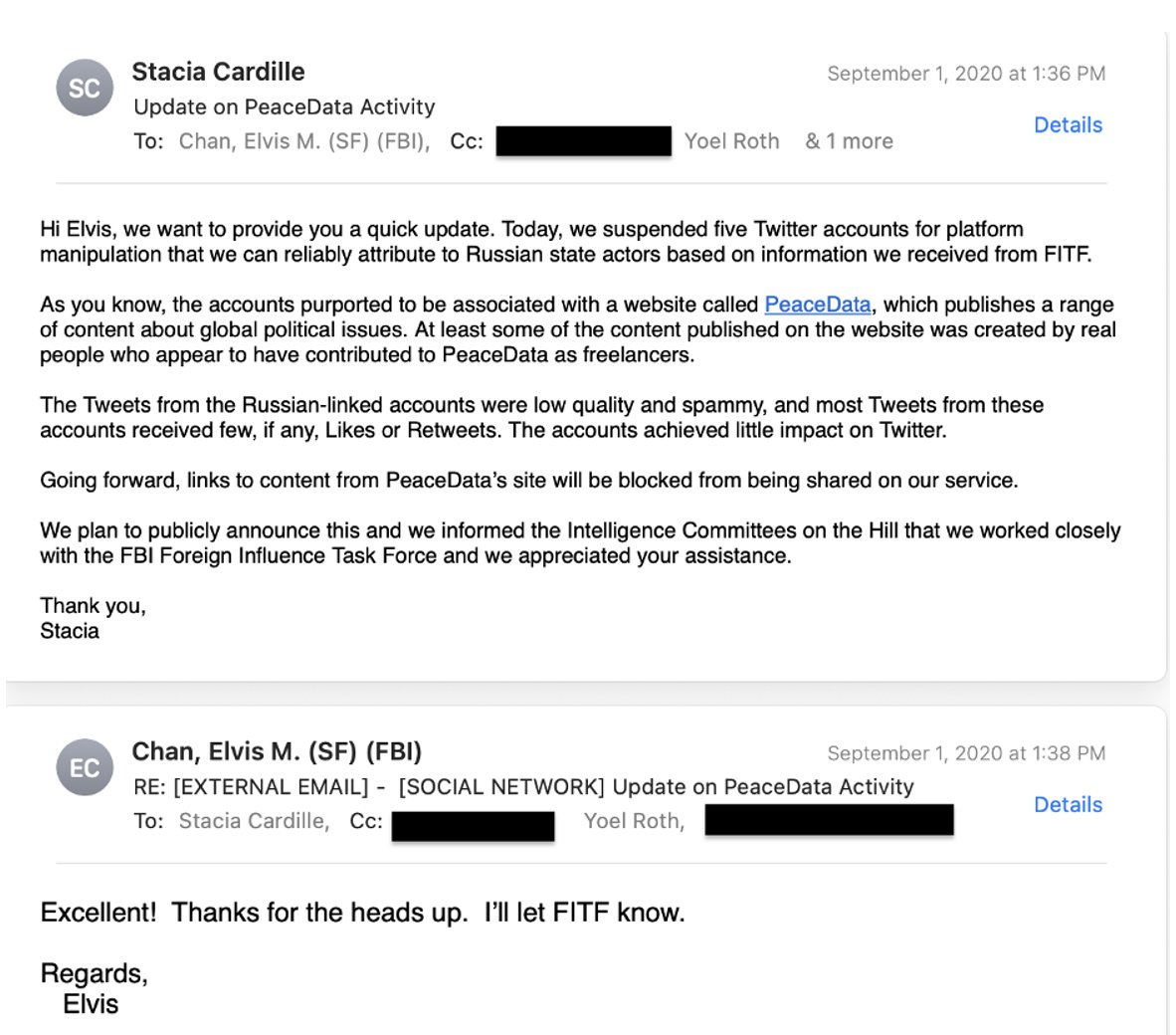








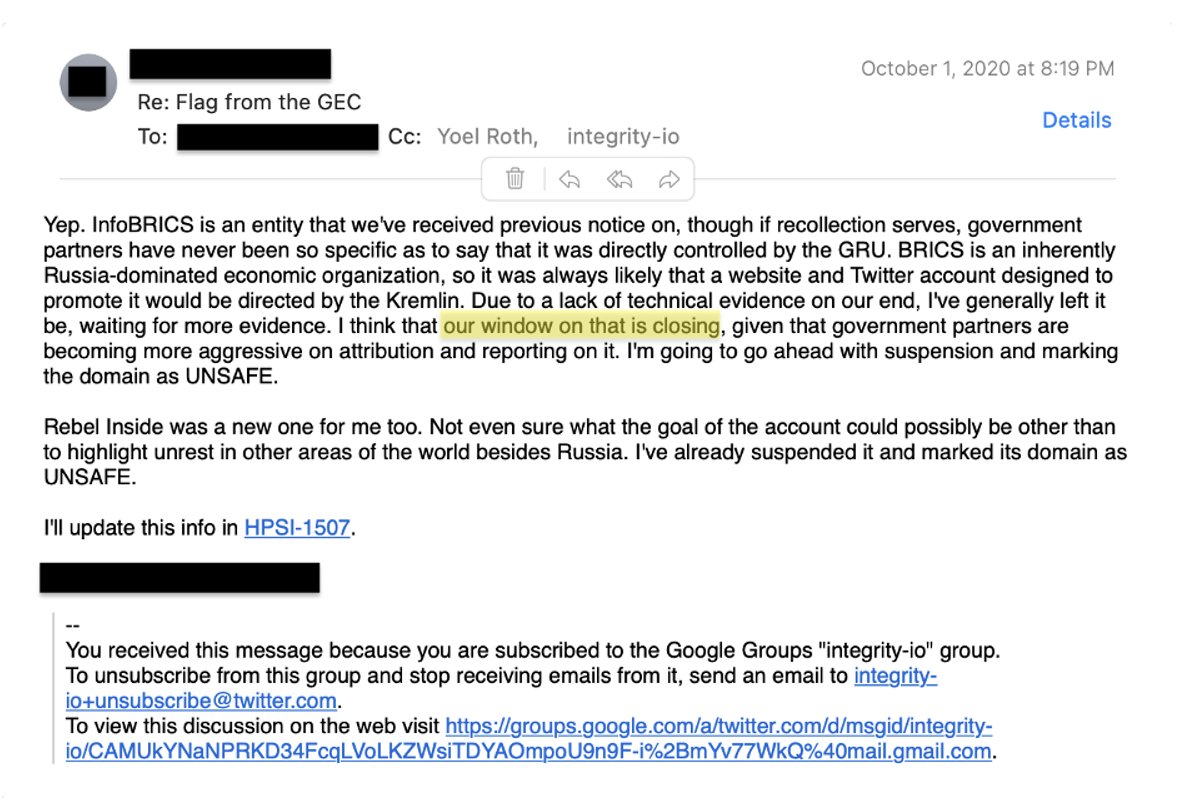




33.One brief report, sent right after Russia’s invasion of Ukraine early last year, flagged major Russian outlets like Vedomosti and Gazeta.ru. Note the language about “state actors” fits Twitter’s internal guidance.



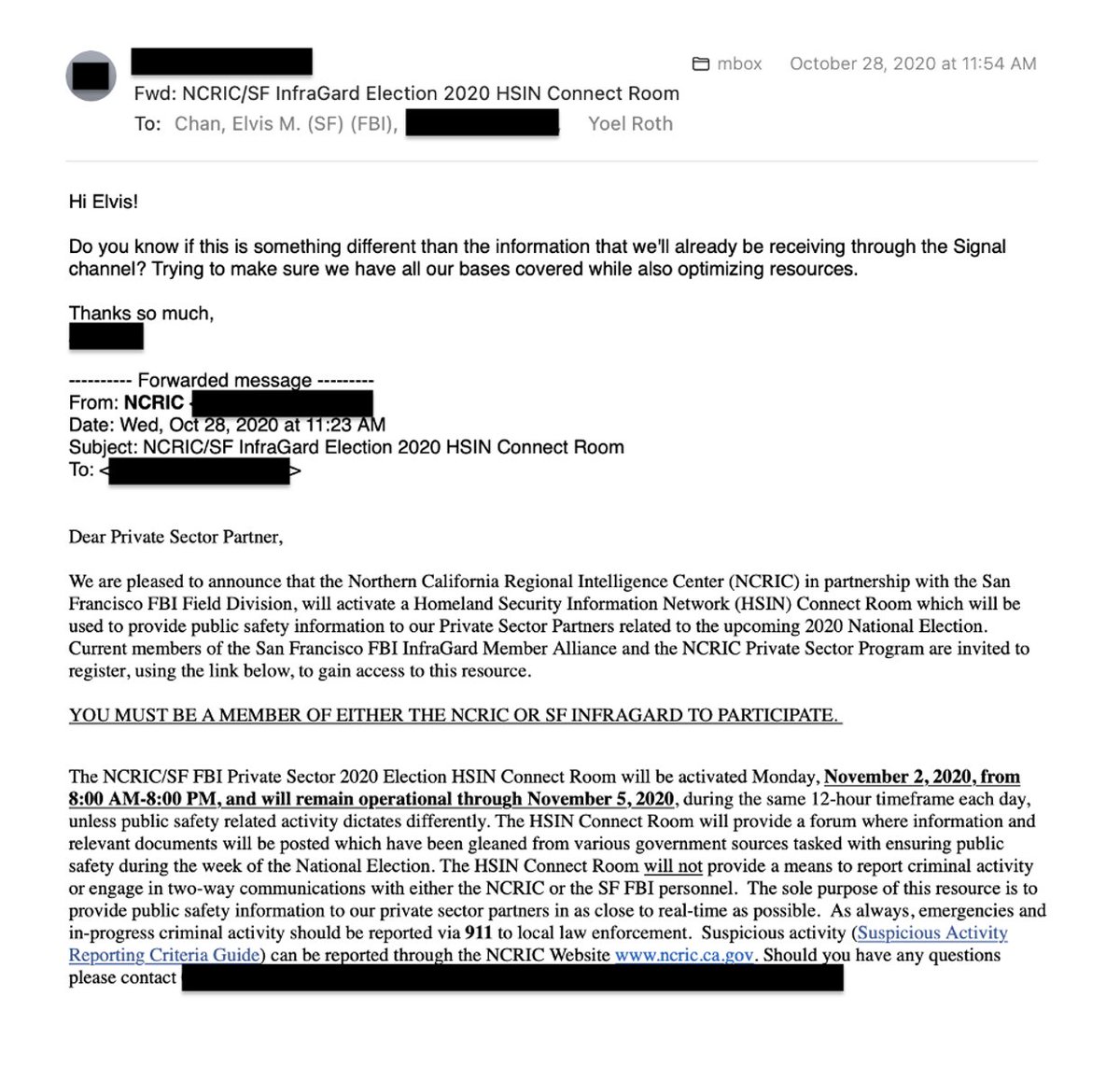

39.It all led to the situation described by @ShellenbergerMD two weeks ago, in which Twitter was paid $3,415,323, essentially for being an overwhelmed subcontractor.
Twitter wasn’t just paid. For the amount of work they did for government, they were underpaid.
40.For more on the #TwitterFiles, check out @bariweiss, @ShellenbergerMD, @lhfang, and @davidzweig. For more on this story, read






